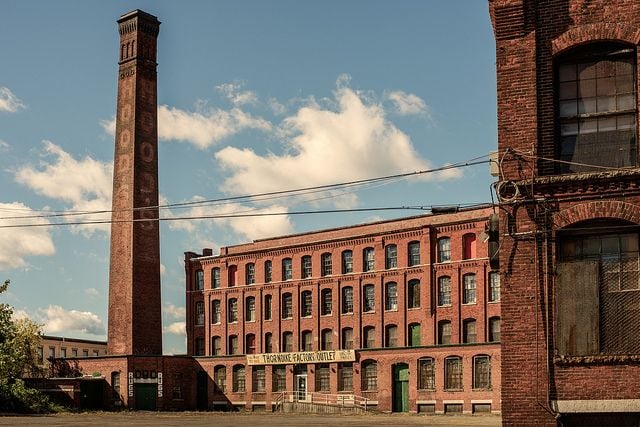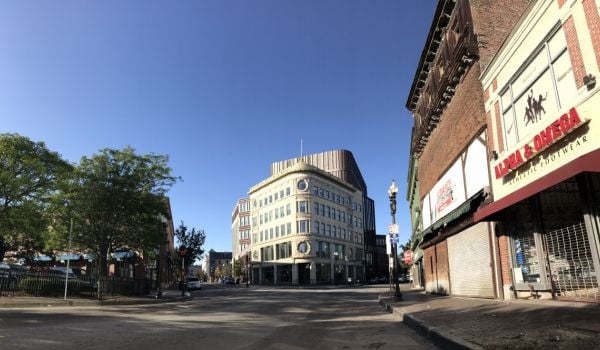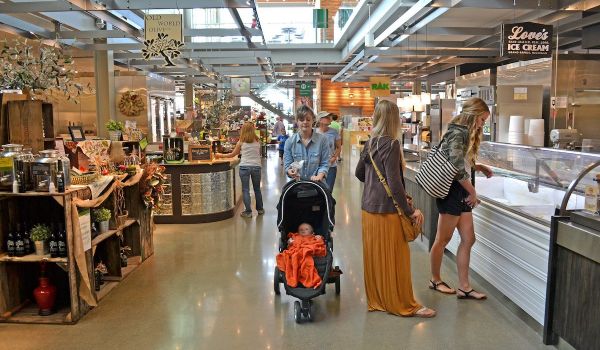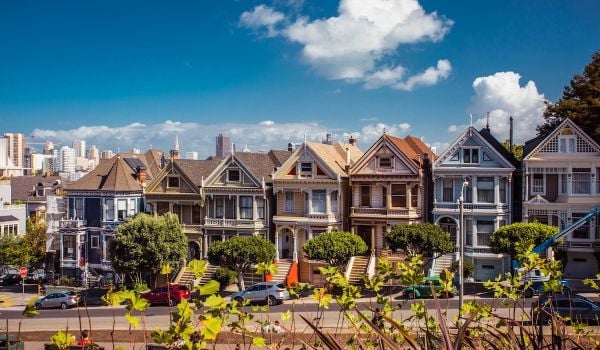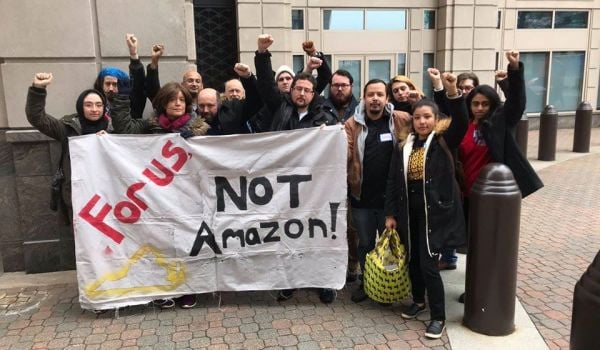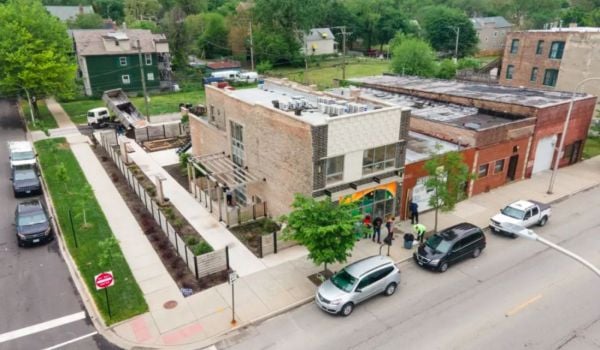The Rust Belt often gets the most attention for depopulated urban cores and legacy cities reeling from the decline of manufacturing. But from Springfield to Pittsfield, Massachusetts deals with many of the same issues. Now more than two dozen Bay State cities, defined as “midsize urban centers that anchor regional economies,” have banded together on legislation that could promote smart economic development with a common vision.
A little background: In 2008, 11 Massachusetts cities signed a compact to work together under the collective name “Gateway Cities.” The agreement has since expanded to 26 cities across the state trying to tackle everything from housing to job creation. The idea is that policy that works for Lowell will work for New Bedford, too.
Last week House Bill 311, “An Act to Promote Transformative Development in Gateway Cities,” started making its way through the state legislature. The bill has a preachy name, but it’s all in the interest of getting smaller urban cores on the same footing.
Policy is generally an unsexy topic. But this legislation, which hones in on public support that will theoretically spur much more private investment, has the opportunity to buoy Gateway Cities and pump up job creation. There are four highlights to the bill: Creating a new development fund that will help pay for public infrastructure and commercial loans, expanding the state’s economic development incentive program cap from $25 million to $75 million, expanding housing development incentives, and raising the tax credits on historic rehabs.
“We put a lot of urban infrastructure here,” said Benjamin Forman, executive director of the Gateway Cities Innovation Institute. “A lot of these cities are connected for the most part with rail. So there’s a lot of existing infrastructure serving them, but not a whole lot of economic activity left in them.”
House Bill 311 backers hope to encourage more private investment within these cities. By raising the economic incentive development program cap and making more revolving loans available for commercial development, they think it will jumpstart job creation.
“These cities have this unique urban fabric that people seem to really desire again,” Forman said. “So there’s a lot there that we could tap into, but the market can’t do it on its own. Someone has to be the first to move.”
It’s worth noting that the bill isn’t designed to give massive corporate handouts like New Jersey’s urban transit hub tax credit. Instead the aim is to promote the kinds of things urbanists salivate over: Restored factories, walkable downtowns and a robust local economy. Forman said that there will likely be a jobs bill this session, and 311 supporters hope that components of the bill will make it into the jobs package. “That’s the route forward we see,” he said.
More importantly, here we have a group of cities working together to each other’s benefit. It’s not the exact same idea as regionalism — which more metro regions should embrace — but it has the same ethos. To risk going full Sesame Street on you: Everyone can work together.
Have you watched cable TV recently? Think of how often policymakers stonewall legislation for moronic bipartisan agendas. The Gateway Cities pact to promote smart policy that can help 26 cities with similar economic struggles is Yeoman’s work. They’re looking out for their constituents and, in turn, the constituents of 25 other cities in the state facing the same struggle.
The Equity Factor is made possible with the support of the Surdna Foundation.

Bill Bradley is a writer and reporter living in Brooklyn. His work has appeared in Deadspin, GQ, and Vanity Fair, among others.


